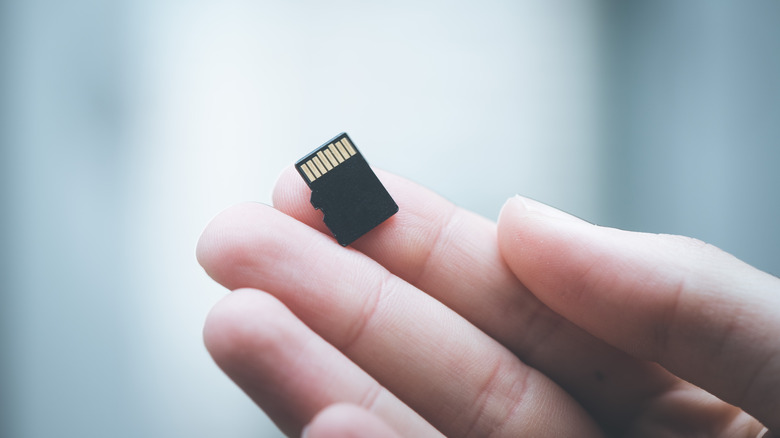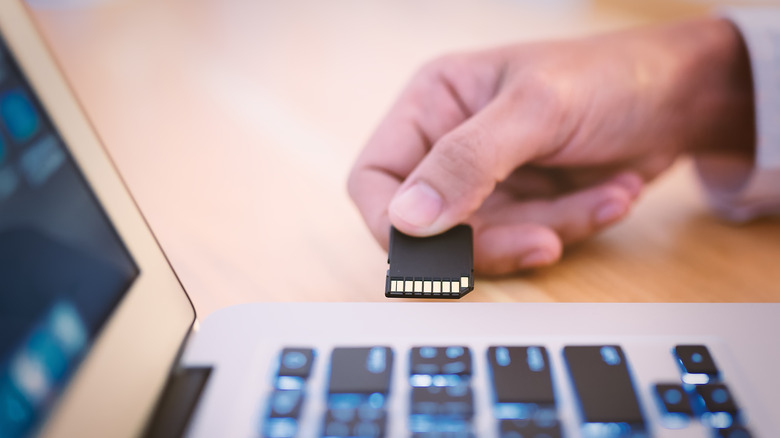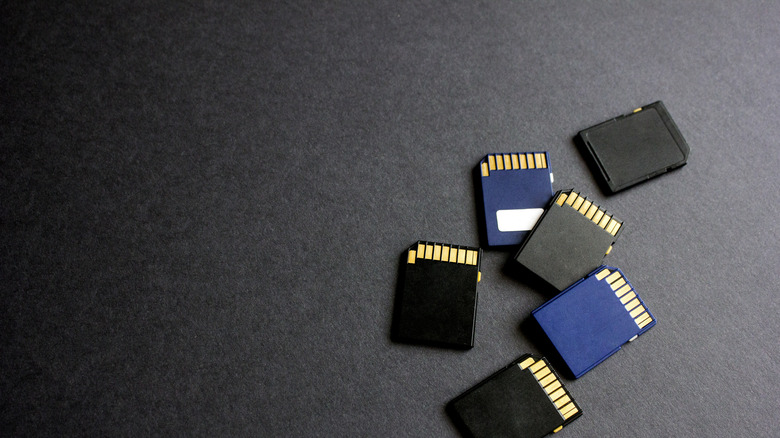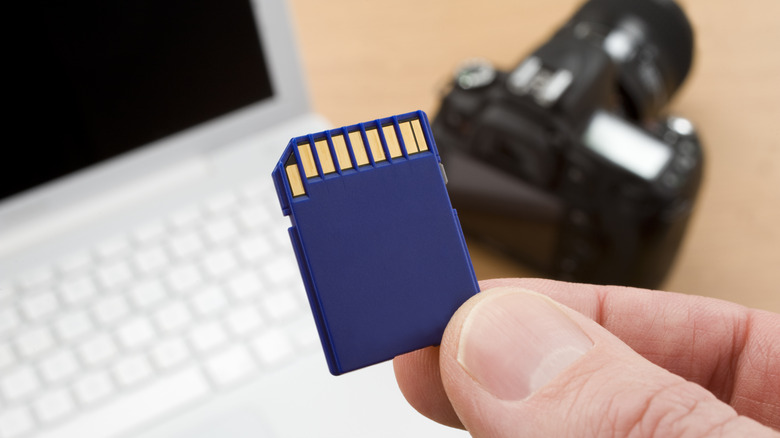3 Unexpected Uses For Old SD Cards
We may receive a commission on purchases made from links.
Have you ever found yourself with a bunch of SD cards and didn't know what to do with them? Whether you are a creative professional or even a gamer, it is common to have a dozen of these little things lying around.
For years, SD cards have provided compact and cost-effective media storage and expansion solutions for everything from Android phones to digital cameras. At some point, you may have even been convinced to spend significantly more to buy the high-endurance version.
With so many console developers skimping on internal storage, SD cards remain a top external storage choice for gamers downloading games from online stores, such as the Nintendo Switch. However, a growing number of alternative storage options, such as cloud storage, are becoming available to us each year. Recently, SD cards have become less necessary for the ordinary person.
Thankfully, this doesn't mean your old SD cards belong in the landfill. Aside from the usual media storage features, there are a few unexpected ways that you can still use them today. So, before you reformat your SD card on Mac or Windows, here are some ways you can consider using it:
Encrypted File Systems
Although many operating systems will claim that their security features are enough to deter unauthorized access, it never hurts to be careful, especially regarding sensitive information. Like a flash drive, SD cards can store, transfer, and share encrypted file systems (EFS).
Microsoft describes EFS as an "additional level of security for files and directories." Among the ways that you can make your SD card more secure, adding a password or PIN is your first line of defense. Afterward, you can take it to the next level by hiding text files in images and so on.
In addition, unlike thumb drives, SD cards are slimmer by design, making them easier to slip into hidden compartments, between pages of books, or even your wallet. So, if you want to encrypt documents and conveniently hide them, an SD card may be the unlikely but perfect solution.
However, if you forget your login information, you won't be able to access your files. Although there are tools you can use to recover data from a decrypted SD card, there is no assurance that they'll be able to fully recover all the files, especially if you no longer remember the password.
Bootable Storage
You can make SD cards bootable, like an external hard drive. However, SD cards have some key advantages compared to external hard drives, such as working in a vast operating temperature range.
For example, some SD card models can function from -40°F to 185°F. On the other hand, EaseUS Software claims that most external hard drives have a recommended operating temperature of 41°F to 95°F, which is significantly less on both ends of the spectrum. Knowing this, SD cards may be a good alternative for your bootable storage needs if you have a pretty extreme lifestyle.
Lenovo defines a boot device as "a storage medium from which a computer or other electronic device loads its operating system (OS) or firmware during startup or reboot." For example, Windows or Linux users can use SD cards to clone or duplicate their OS. Once you have cloned your OS into your SD card, you can have it on the go, including your existing files, preferred settings, and applications.
Embedded Systems
In recent years, SD card ports have become less common on laptops, with manufacturers like Apple deciding to axe them in favor of sleeker designs. Although you can still buy a dongle to fit the gap, it doesn't make the experience as seamless as it used to be, which is a shame when you realize how it can be used to run embedded systems.
Unlike operating systems, embedded systems are designed to perform only one type of task. Because of their specialized functionality, embedded systems need to be reliable, consume minimal resources, and can be integrated into existing systems, which SD cards fit the bill.
Some embedded systems you may encounter regularly are washing machines, transportation systems, EV charging stations, and wearable devices. But who says they just need to be practical?
You can use SD cards for an almost endless range of Raspberry Pi projects, including retro gaming or activities for kids. Aside from this, SD cards can be used to display images or videos on displays, like signage or even your TV.



